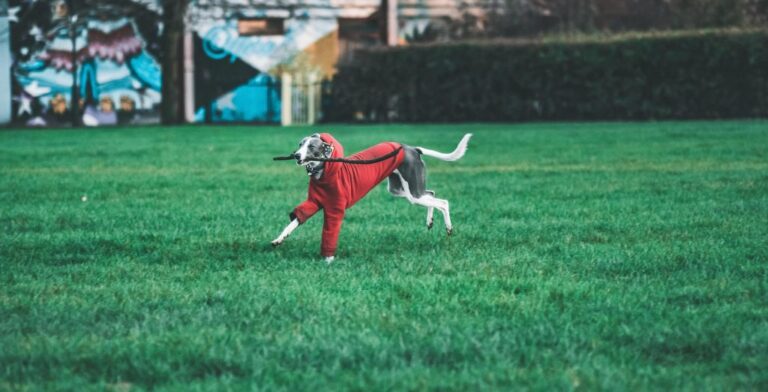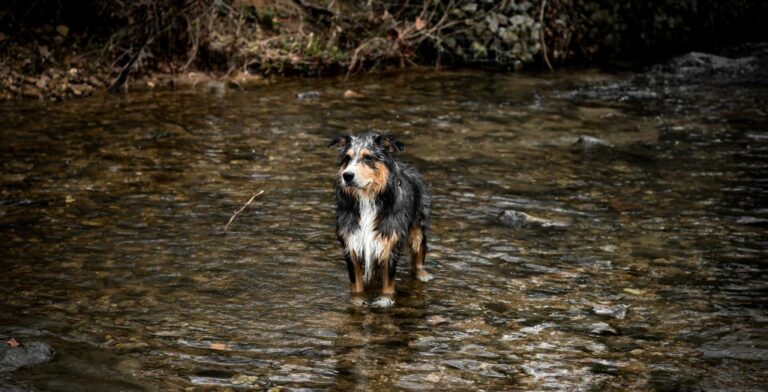Blue Heeler: The Ultimate Guide to This Intelligent Herding Dog
The Blue Heeler, also known as the Australian Cattle Dog, is an energetic and intelligent breed prized for its herding abilities. With a loyal nature and strong work ethic, this dog is ideal for active owners who can provide plenty of exercise and mental stimulation. Whether you’re considering adopting a Blue Heeler or already have one, this guide covers everything you need to know about this remarkable breed.
History and Origin
The Blue Heeler originates from Australia and was developed in the 19th century to help herd cattle in rugged terrain. This breed is a mix of native Australian Dingoes and other herding dogs like Collies and Dalmatians. Their intelligence, stamina, and agility made them essential for cattle ranchers. Today, they are valued not only as working dogs but also as loyal companions.
Physical Characteristics
Blue Heelers have a striking appearance that reflects their endurance and strength. Some key features include:
- Size: Medium-sized, weighing between 35-50 pounds.
- Coat: Short, dense, and weather-resistant, with blue or blue-mottled coloration.
- Ears: Upright and alert.
- Eyes: Dark and expressive, showcasing their intelligence.
- Body: Muscular and agile, built for herding and endurance.
Temperament and Personality
Blue Heelers are recognized for their sharp intelligence, unwavering loyalty, and strong protective instincts. Below are some of their standout personality traits:
- Highly intelligent: Quick learners who thrive on mental challenges.
- Energetic and active: They need regular exercise to stay happy.
- Loyal and protective: They form strong bonds with their owners and can be wary of strangers.
- Independent and strong-willed: Training requires consistency and patience.
Training and Socialization
Training a Blue Heeler is essential to harness their intelligence and energy. Here are some key training tips:
- Start early: Socialization and obedience training should begin in puppyhood.
- Use positive reinforcement: Reward-based training works best.
- Provide mental stimulation: Puzzle toys, agility training, and herding activities keep them engaged.
- Set boundaries: Consistency is crucial to prevent unwanted behaviors.
Health and Common Issues
Blue Heelers are generally healthy but can be prone to certain health issues, including:
- Hip Dysplasia: A common joint problem in active breeds.
- Deafness: Some Blue Heelers inherit congenital deafness.
- Progressive Retinal Atrophy (PRA): A genetic condition that affects eyesight.
- Obesity: Without proper exercise, they can gain weight.
Regular vet check-ups, a balanced diet, and daily exercise can help keep them healthy.
Grooming and Care
Despite their short coat, Blue Heelers require regular grooming to stay clean and healthy:
- Brushing: Weekly brushing helps control shedding.
- Bathing: Only bathe when necessary using a gentle dog shampoo.
- Ear and Nail Care: Clean ears regularly and trim nails as needed.
- Dental Hygiene: Brush their teeth to prevent dental issues.
Diet and Nutrition
A nutritious diet is key to maintaining a Blue Heeler’s health and energy levels:
- High-quality dog food: Choose protein-rich and nutrient-balanced meals.
- Avoid overfeeding: Portion control prevents obesity.
- Monitor for allergies: Some Heelers may have food sensitivities.
- Provide fresh water: Hydration is essential for active dogs.
Exercise and Activity Levels
Blue Heelers are highly active and require plenty of physical and mental stimulation. Here’s how to keep them engaged:
- Daily exercise: At least 60-90 minutes of activity.
- Herding activities: If possible, allow them to engage in herding.
- Obedience and agility training: Great for mental and physical stimulation.
- Outdoor adventures: Hiking, running, and playing fetch keep them happy.
Conclusion
The Blue Heeler is a hardworking, intelligent, and loyal companion best suited for active owners. Their energy and strong work ethic make them ideal for those who can provide plenty of physical and mental engagement. With proper training, care, and exercise, Blue Heelers can be excellent pets and working dogs.










